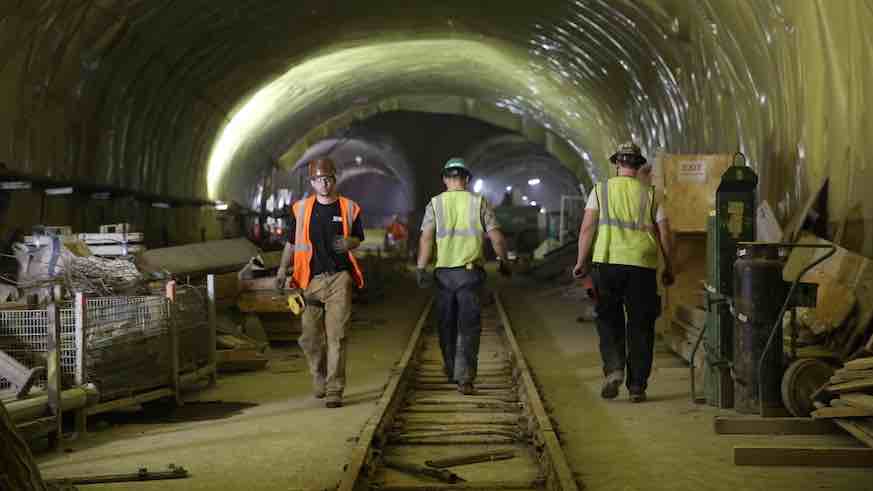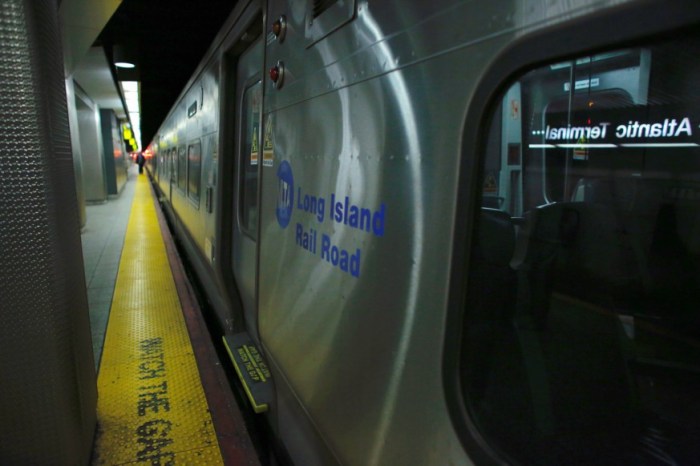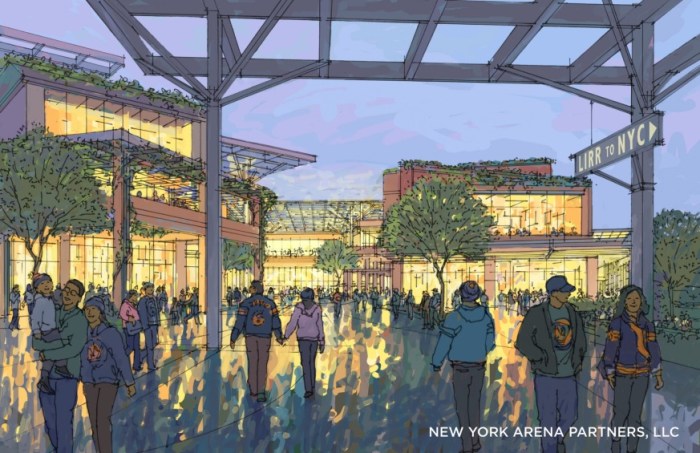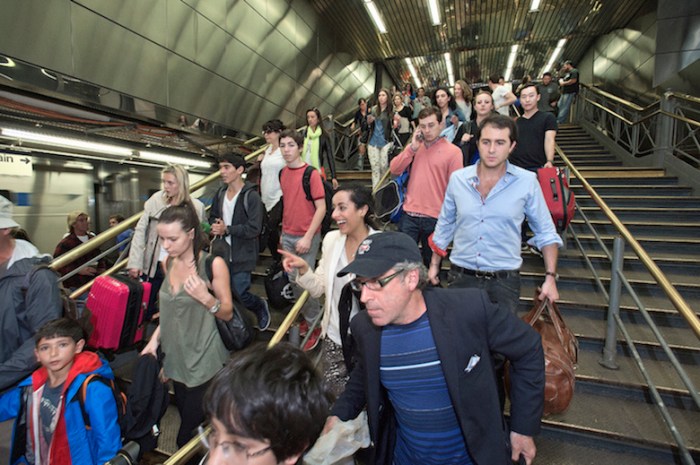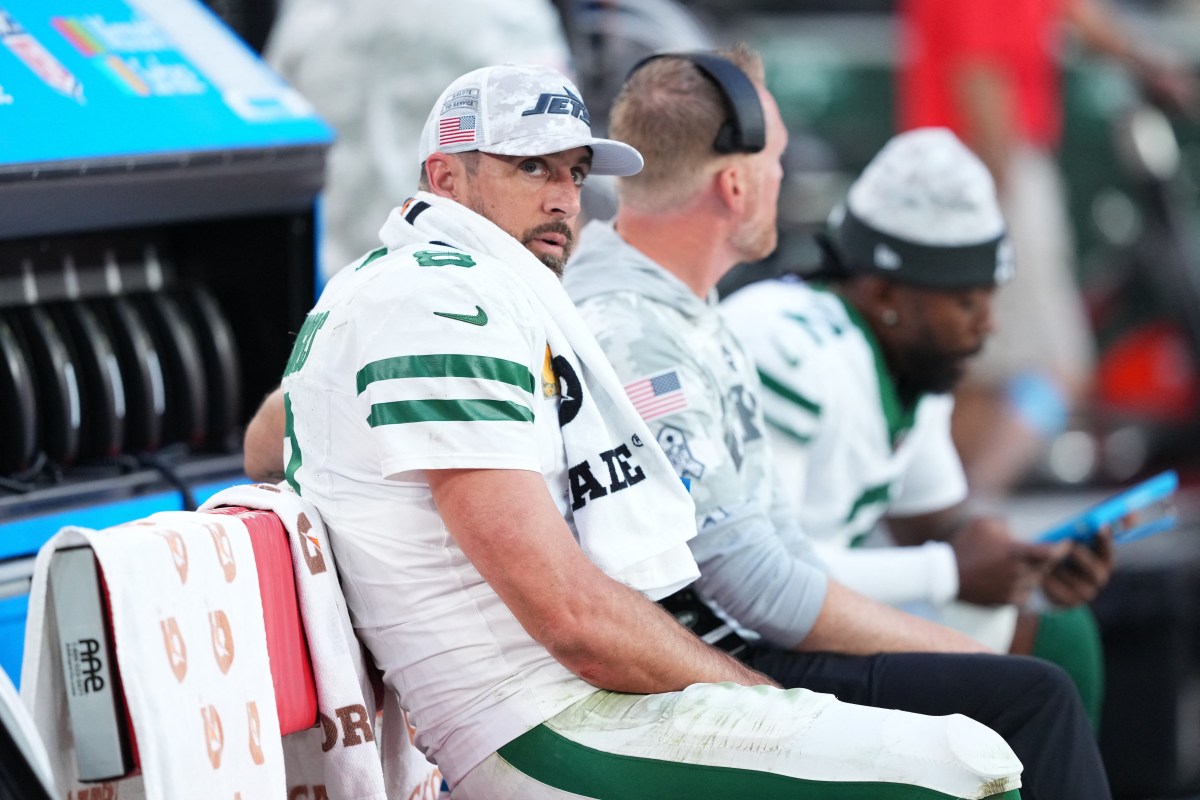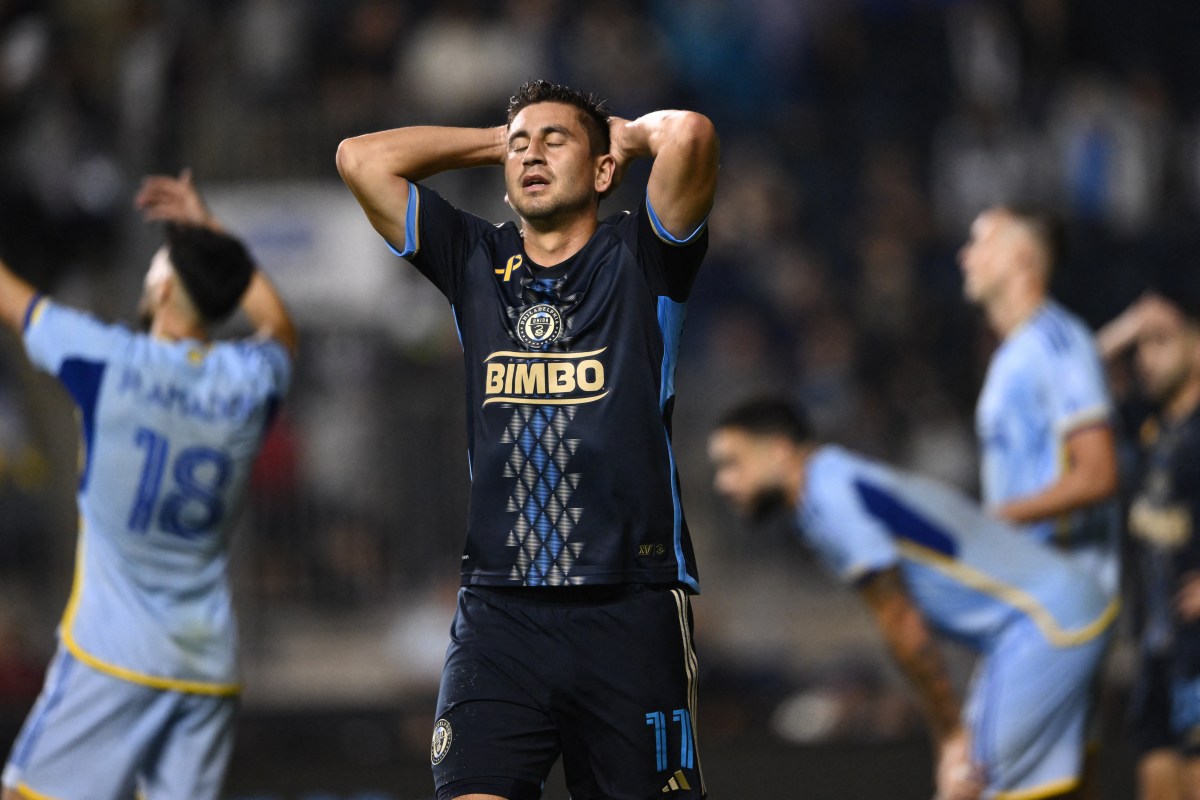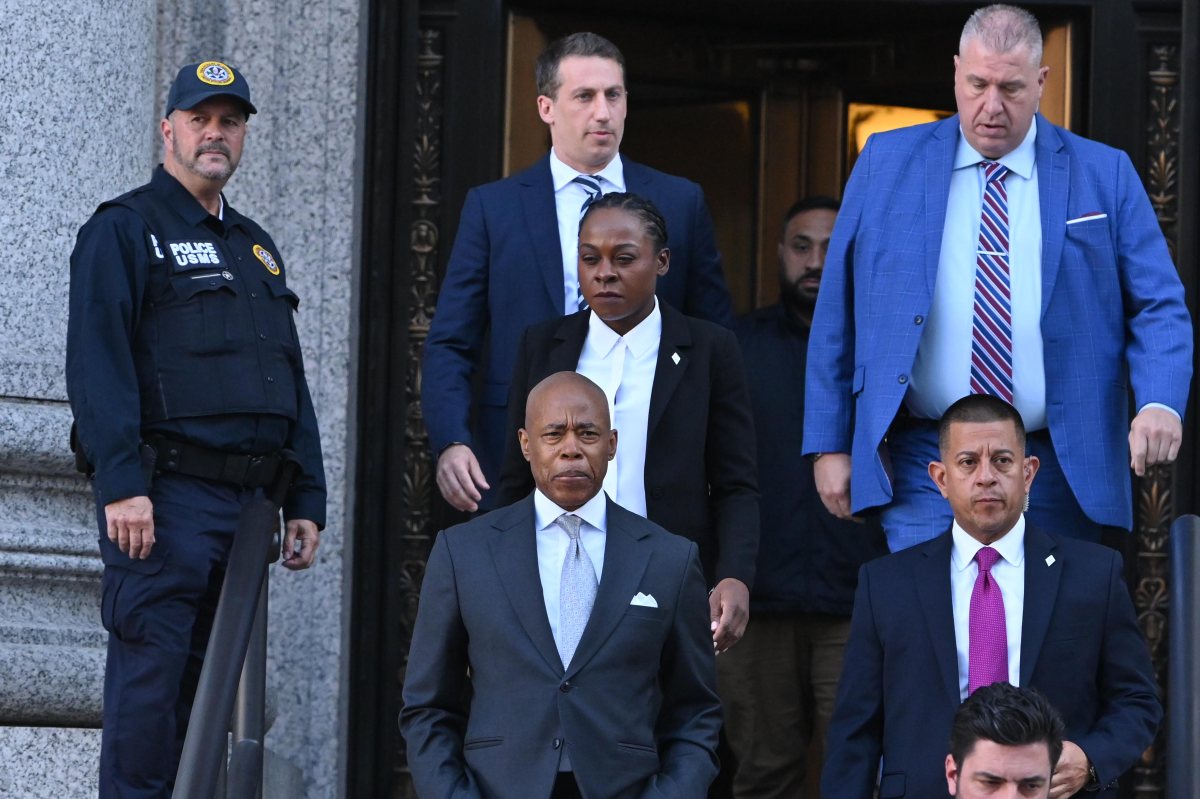No one at the Metropolitan Transportation Authority, Long Island Rail Road or any elected official including Gov. Cuomo ever wants to talk about the real full cost for LIRR East Side Access to Grand Central Terminal which may be closer to $15 billion rather than $10.8 billion.
The original Full Funding Grant Agreement between the United States Department of Transportation Federal Transit Administration and MTA was approved in December 2006. The $2.63 billion in federal grant funding remains unchanged (virtually all of which has already been spent) with the MTA as local sponsor having to cover the $6 billion and growing cost overruns. Ten years later in August 2016 the FTA amended agreement was signed off by both FTA and the MTA. After years of negotiations, the MTA and FTA finally came to an agreement which would reflect the true current cost and schedule. Both the cost went up and first revenue day of service slipped once again. Taxpayers may end up paying $12 billion in direct costs for this project. The odds have increased that riders may have to wait until December 31, 2023 before boarding the first LIRR train to Grand Central Terminal.
The MTA has repeatedly increased the budget by billions and pushed back the first day of service by twelve years. This includes other related projects which are considered indirect referred to by the MTA as “readiness projects” in support of East Side Access. They are carried off line from the official $10.8 billion project budget (which according to the Federal Transit Administration MTA Full Funding Grant Agreement Amendment could grow to $12 billion upon project completion). Some of the indirect “readiness projects” include but are not limited to financing charges ($600 million), additional capacity improvements at Jamaica LIRR station ($450 million), along with numerous capital improvements east of Jamaica. They include construction of several thousand additional parking spots for new riders at numerous stations, increased bus feeder services provided by NYC Transit, Nassau Inter County Express, Suffolk County Transit and others to stations, construction of new stations, completion of the Ronkonkoma branch double tracking between Farmingdale and Ronkonkoma ($450 million), Main Line Third Track between Floral Park and Hicksville ($2.6 billion), new pocket tracks such as Great Neck ($44 million) and on other branches, new Huntington/Port Jefferson branch storage yard ($400 million), a new Ronkonkoma branch storage yard ($120 million), expansion of other storage yards, purchase of additional rolling stock and even more capital projects which will support implementation of ESA. Without all of the above, the LIRR will not be able to achieve 100% utilization of this investment including the promise of 24 trains per hour during peak service period.
On numerous occasions the MTA has blamed Amtrak for being responsible for additional delays on the progression of LIRR ESA to Grand Central Terminal project. Insufficient support from Amtrak has been responsible for periodic delays since 2006. This may continue for years due to ongoing Penn Station repairs.
Since 2001, the total direct cost for LIRR East Side Access to Grand Central Terminal has grown from $3.5 billion to $4.3 billion in 2003, $6.3 billion in 2006, $8.4 billion in 2012, $10.8 billion in 2014 and easily up $12 billion when finally completed.
Based upon past history, the final direct cost might go up again over the next six years by $1 billion or more. The anticipated opening day for passenger revenue service date has slipped on a number of occasions from 2011 to December 2023. Over the next six years will both this date and budget hold? No one should be surprised, if it ends up in 2024 or later.
Larry Penner is a transportation historian and advocate who previously worked 31 years for the US Department of Transportation Federal Transit Administration Region 2 NY Office.

